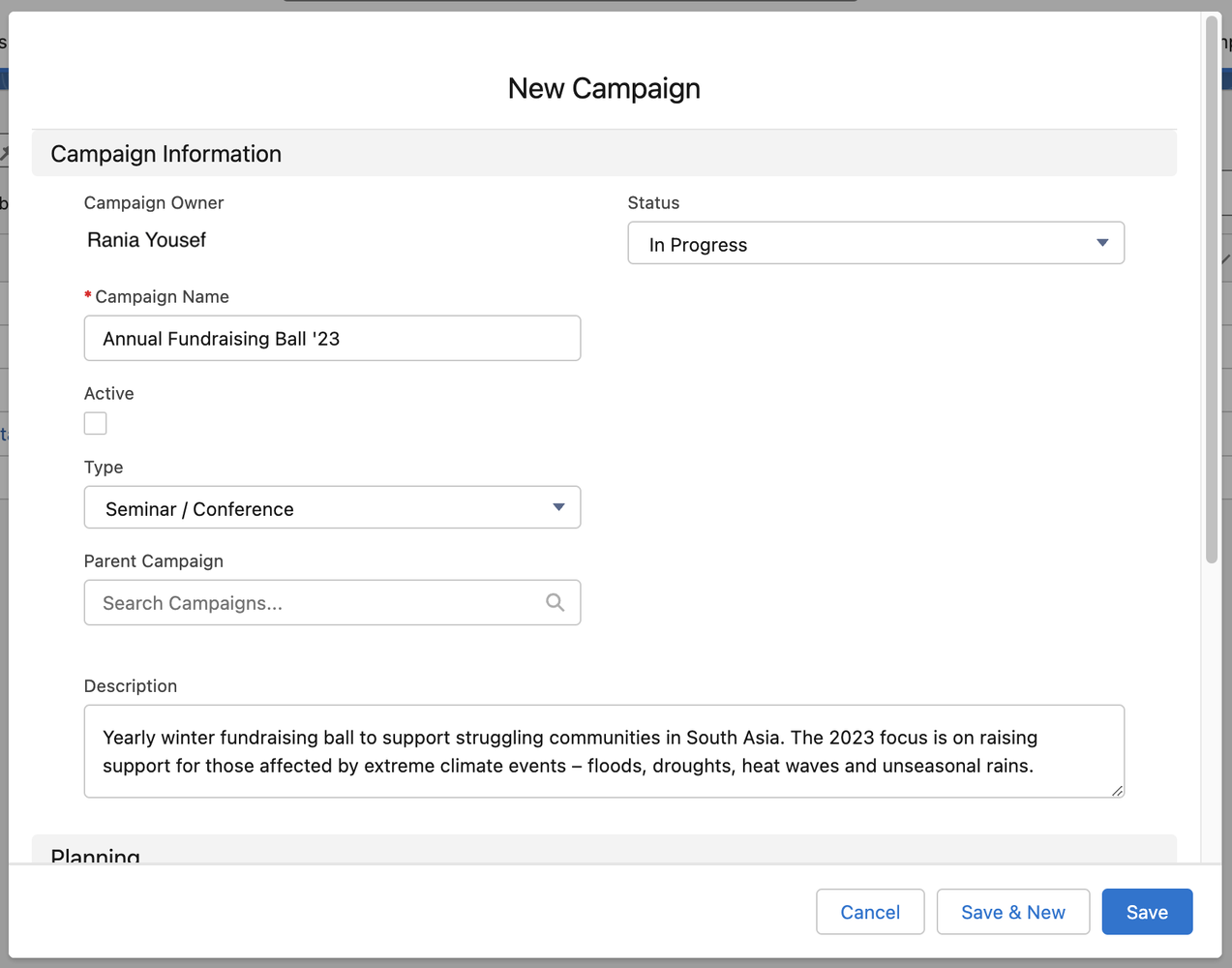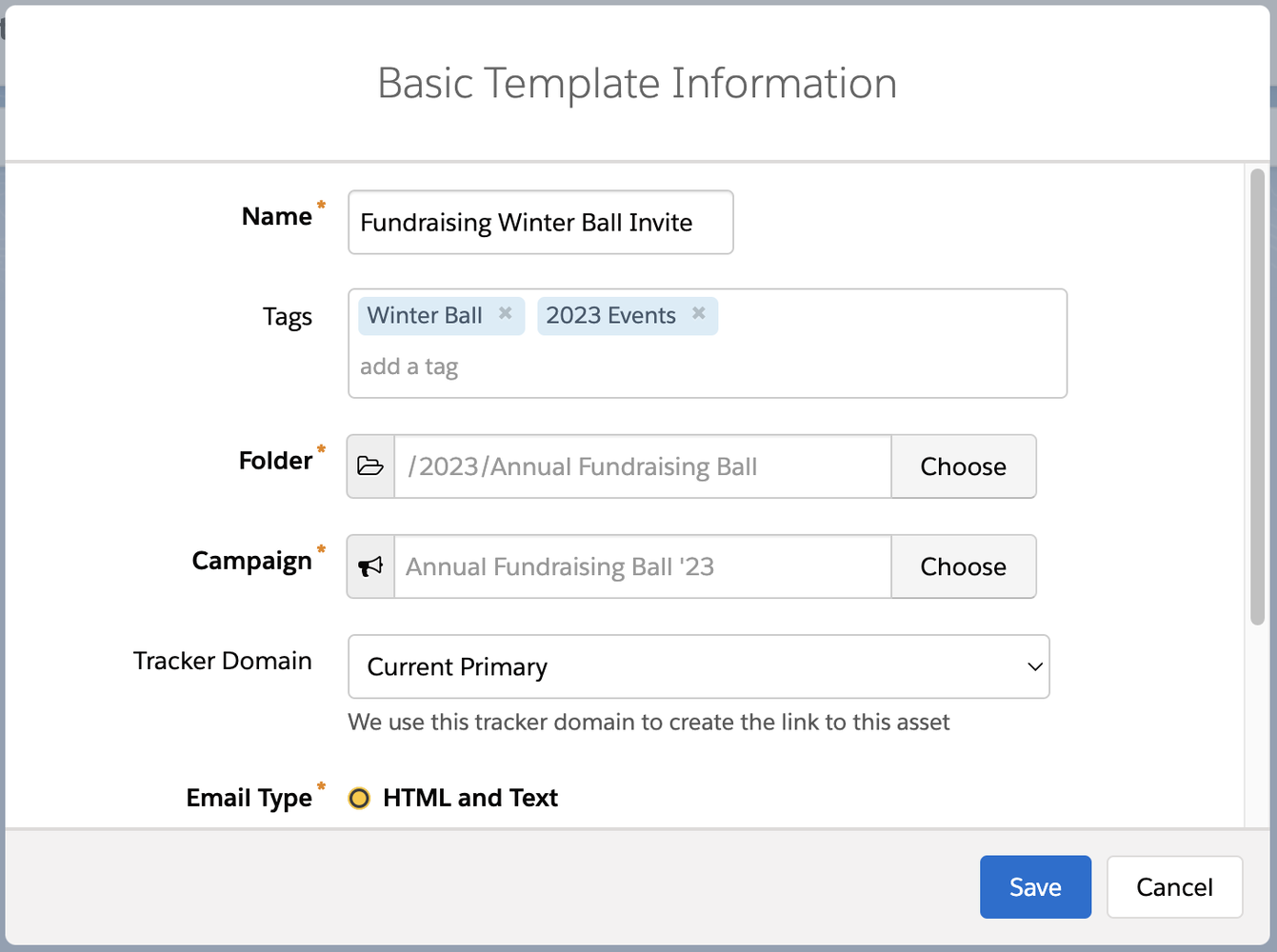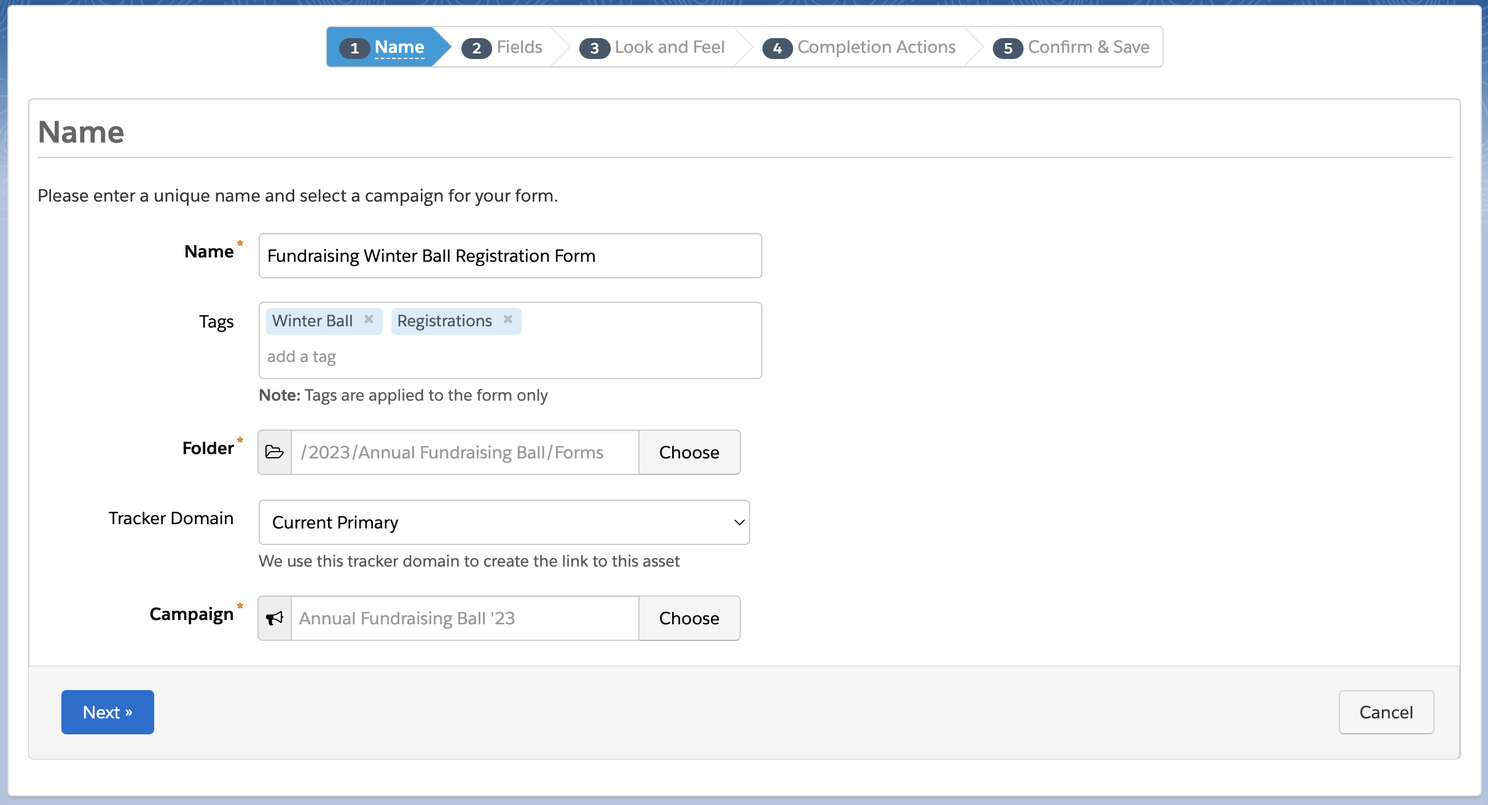Your Guide For A Successful Marketing Campaign
Salesforce Account Engagement is a powerful tool that can revolutionise your marketing campaigns. With its robust features, you can create engaging emails, build targeted lists, design stunning landing pages, and automate the entire process for easy upkeep. In this guide, we’ll walk you through each step, offering tips and best practices for creating a successful marketing campaign.
The first step is to create a campaign on Salesforce. A Salesforce campaign stores essential performance metrics as well as leads and contacts that formed part of your marketing communications. It helps your sales team quickly see the customers and prospects tagged to a specific marketing activity and engage with them accordingly.

Crafting Engaging Emails
99% of email users check their inbox every day. Here’s how to create engaging emails that will capture their attention:
- Personalisation: Salesforce allows you to to create personalised subject lines and greetings. Tip: Use the {{Recipient.FirstName}} to automatically populate your contact’s first name in an email.
- Eye-catching Subject Lines: This is your first chance to make an impression. Keep it concise, compelling, and relevant to the email’s content.
- Be Brief, Be Bold, Be Gone: Keep your emails short and to the point, get rid of any fluff. Use compelling visuals, bullet points, and subheadings to make the content easily scannable.
- Use a Strong Call to Action: Every email should have a clear CTA. Use action-oriented language (like “Sign Up Now” or “Add To Cart”) and make the CTA button visually stand out so it’s easy to get to.
- Mobile Responsiveness: Ensure your emails are mobile-friendly. Most people check emails on their mobile devices, so your design should adapt to various screen sizes, or you stand to lose your audience.
To create an email on Account Engagement, navigate to the Account Engagement Email > Templates > Add Email Template. It’s best to work off templates (which you can build yourself with HTML or you can use pre-made ones from the library) because you can publish them right away.

Building Targeted Lists
Your success hinges on reaching the right audience. No one wants to receive an email that is not relevant to them – it’s a sure way to lose their interest and gain an unsubscriber.
- Segment Your Audience: Use Salesforce to segment your audience based on criteria like demographics, behaviour, or engagement history.
- Maintain Data Quality: Regularly update and clean your contact list to avoid sending emails to invalid or outdated addresses.
- Make Use Of Lead Scoring: With Salesforce, you can assign scores to leads based on their behaviour and interactions. Prioritise high-scoring leads for personalised attention as they’re most likely to convert.
- A/B Testing: Experiment with different messaging to understand what resonates best with your audience. Use this data to refine your lists further.
To build a list, head over to Prospects > Segmentation > Segmentation Lists > Add List. There you can create different types of lists. To import contacts, head back to the Prospects tab to import your csv files and select what list you’d like to add them to.
As a best practice, ensure your contacts have opted in to receive your marketing emails. If they opt-out, honour their preferences.

Capturing Leads with Forms
Forms are a valuable tool for capturing leads. Here’s some things to keep in mind:
- Keep It Simple: Limit the number of fields and collect only essential information. The more fields, the less likely people are to convert. Tip: A good starting point is “First Name”, “Last Name”, and “Email”. Although it depends on what information you need to collect for your campaign, ensure to keep it to a minimum.
- Clear Value Proposition: Explain the benefits of filling out the form. Let prospects know what they’ll receive in return and when they’ll receive it. For example, if they’re signing up for a workshop, let them know when they should expect to hear from you.
- Progressive Profiling: If you need more information, consider using progressive profiling. Gradually collect additional data through multiple interactions and gain a more accurate picture of your leads or customers over time.
- A/B Test Forms: Just like emails, A/B test your forms to find out which layout and content combination generates the most conversions.
To create a form, head to the Content > Forms > Add Form. An incredibly useful feature is the completion action because you can decide what you want to happen once a form is submitted. You can get notified via email each time someone converts, you can add the lead to a specific list, you can create a Salesforce task, and more. And the best part is that it’s all automated so you don’t have to lift a finger once it’s all set up.

Designing Beautiful and Engaging Pages
Your landing page should be an extension of your email, creating a seamless user experience. Here are some tips for creating captivating landing pages:
- Consistent Branding: Maintain consistent branding elements, such as colours, images, and fonts, from your emails to your landing pages. Tip: Lay out all your assets on one page (you could print them) and look at the customer journey in its entirety. There you can easily spot inconsistencies and tweak your branding and messaging accordingly.
- Clean and Uncluttered Design: A simple, uncluttered layout makes it easier for visitors to focus on the content and CTA.
- High-Quality Visuals: Use high-quality images, videos, and graphics to make your landing page visually appealing. A page that looks like from the early 2000s will not impress and will most likely lead to bounces (#sorrynotsorry).
- Social Proof: Incorporate customer testimonials or reviews to build trust and credibility.
To create a landing page, you first need to define your layout template. This is the template you’ll also need to assign to your form to ensure they’re connected and running smoothly. To create a layout template, head over to Content > Layout Templates > Add Layout Template.
Hang on, you’re one step closer to completing this successful marketing campaign guide!
Automation Always Wins
Automation is the key to efficiency and consistency. Salesforce Account Engagement allows you to set up workflows and automations for various marketing tasks:
- Workflow Rules: Create rules that automatically assign leads to specific marketing campaigns or sales teams based on criteria like lead score or behaviour.
- Drip Campaigns: Set up automated drip email campaigns that nurture leads over time, providing relevant content at the right intervals.
- Lead Nurturing: Use lead scoring to identify when leads are ready to be passed on to sales, ensuring no valuable opportunities are missed.
- Analytics and Reporting: Regularly analyse the performance of your campaigns using Salesforce’s reporting tools. Adjust your strategies based on the data you collect.
Setting up a successful marketing campaign on Salesforce Account Engagement is a multi-step process, but when executed correctly, it can yield great results. Remember, continuous optimisation is key, so use data and insights to refine your approach and achieve lasting success.
Looking to elevate your marketing capabilities? Contact us to discuss how Salesforce Account Engagement can enable you to build impactful campaigns that drive revenue.

